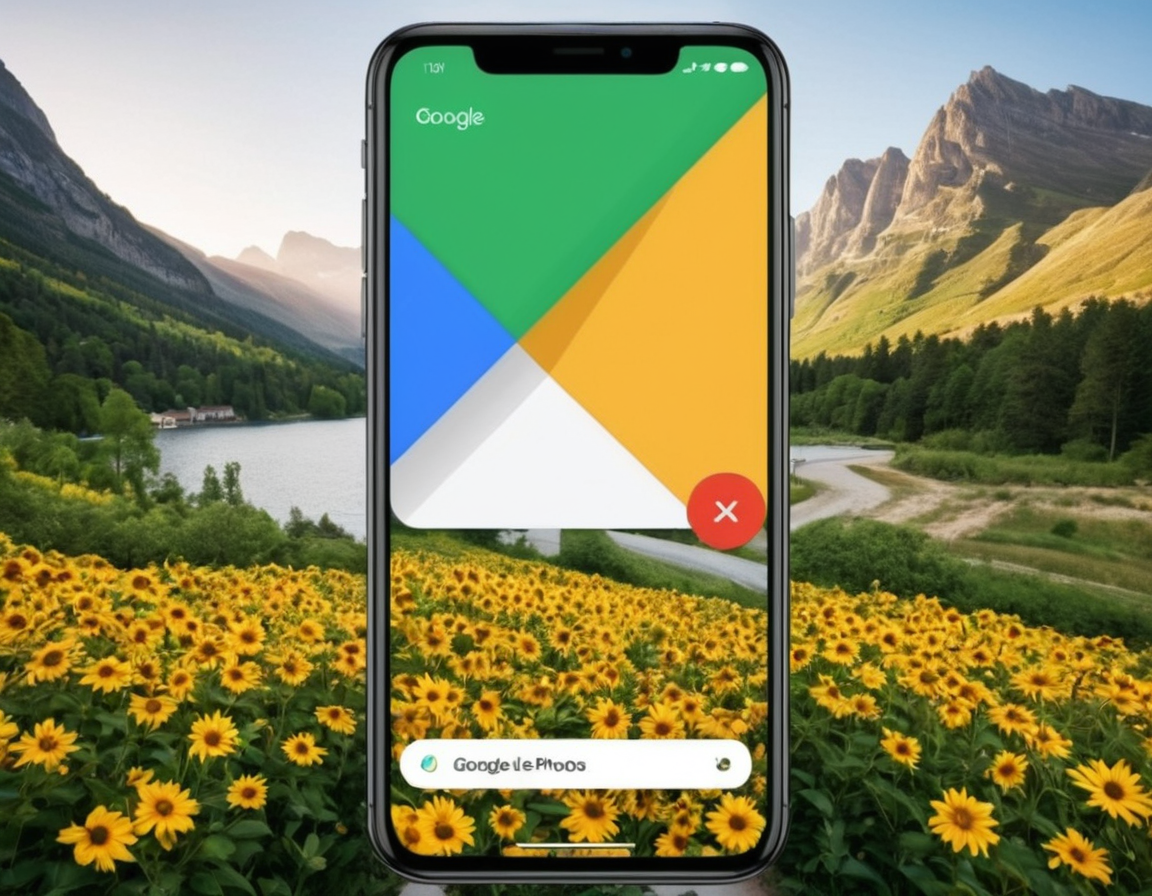Google Photos Vs Other Apps

Google Photos vs. Other Photo Management Apps: A Comprehensive Comparison
Introduction
In today’s digital age, managing and organizing our personal photos has become an increasingly complex task. With the vast array of photo management apps available in the market, it can be difficult to decide which one is suitable for our needs. In this article, we will delve into a comprehensive comparison of Google Photos with other popular alternatives, highlighting their strengths, weaknesses, and features.
Overview of Popular Photo Management Apps
Before diving into the comparison, it’s essential to acknowledge that there are several notable photo management apps available in the market. Some of these include:
- Flickr
- Microsoft Photos
- Adobe Lightroom
- Apple Photos
- Dropbox Paper
Each app has its unique set of features and functionalities, catering to different user needs.
Google Photos: A Comprehensive Review
Features
Google Photos is an excellent choice for those looking for a hassle-free experience. It offers:
- Automatic organization: Photos are automatically organized into albums, making it easy to find specific memories.
- Unlimited storage: Users can store an unlimited number of photos and videos in their Google account.
- Advanced editing tools: A range of editing features, including filters, cropping, and more.
Strengths
Google Photos excels in several areas:
- Easy-to-use interface
- Robust organization features
- Seamless integration with other Google services
Weaknesses
However, it’s worth noting that:
- Limited offline access
- Some users have reported issues with AI-powered content moderation
Microsoft Photos: A Close Alternative
Microsoft Photos is another popular alternative to Google Photos. While it shares some similarities, there are distinct differences.
Features
Some notable features of Microsoft Photos include:
- Advanced editing tools: Similar to Google Photos, but with a more comprehensive set of editing options.
- Offline access: Users can access their photos and videos even without an internet connection.
- Integration with Windows 10: Seamless integration with the operating system.
Strengths
Microsoft Photos has its own set of advantages:
- Better offline performance
- Tighter integration with Windows 10
Weaknesses
However, it’s worth noting that:
- Limited storage capacity compared to Google Photos
- Less comprehensive AI-powered moderation tools
Adobe Lightroom: A Pro-Grade Option
For professional photographers and serious enthusiasts, Adobe Lightroom is the go-to choice. It offers advanced features and functionalities.
Features
Some of the key features of Adobe Lightroom include:
- Professional-grade editing tools: A vast array of editing options, including layers, masks, and more.
- Advanced organization tools: Users can create collections, galleries, and even publish their work directly to social media platforms.
- ** tethered shooting**: Seamless integration with camera equipment.
Strengths
Adobe Lightroom stands out in several areas:
- Industry-leading editing capabilities
- Robust organization features for professionals
Weaknesses
However, it’s worth noting that:
- Steeper learning curve due to the extensive feature set
- Requires a subscription model
Apple Photos: A User-Friendly Alternative
For those invested in the Apple ecosystem, Apple Photos is an excellent choice.
Features
Some notable features of Apple Photos include:
- Seamless integration with other Apple services: Users can access their photos and videos across all Apple devices.
- Advanced editing tools: A range of editing options, including filters, cropping, and more.
- Automatic organization: Photos are automatically organized into albums.
Strengths
Apple Photos has its own set of advantages:
- Tight integration with other Apple services
- Easy-to-use interface
Weaknesses
However, it’s worth noting that:
- Limited offline access compared to Microsoft Photos
- Less comprehensive editing features compared to Adobe Lightroom
Conclusion
Choosing the right photo management app can be an overwhelming task. Each app has its unique strengths and weaknesses, catering to different user needs.
When deciding which app to use, consider the following questions:
- What are your primary needs?
- Do you require advanced editing tools or offline access?
By taking the time to evaluate these factors, users can make an informed decision that suits their specific requirements.
**What’s your go-to photo management app? Share your experiences in the comments below!
Tags
google-photos-comparison photo-management-apps image-organization digital-albums cloud-storage
About Miguel Reyes
AI and photography enthusiast | Formerly a digital imaging specialist at a top creative agency, helping clients master AI-powered editing tools. Now I help explore the frontiers of visual content creation at gophotos.com
